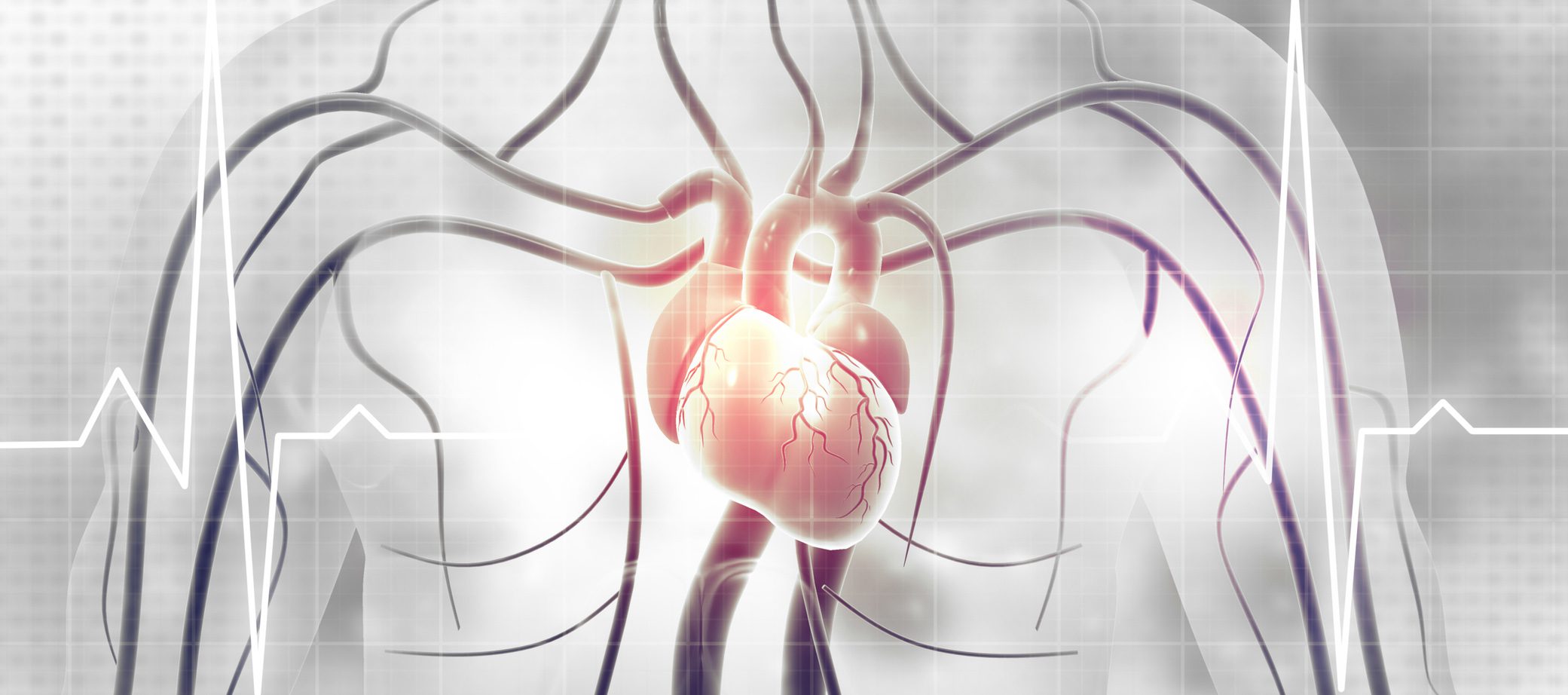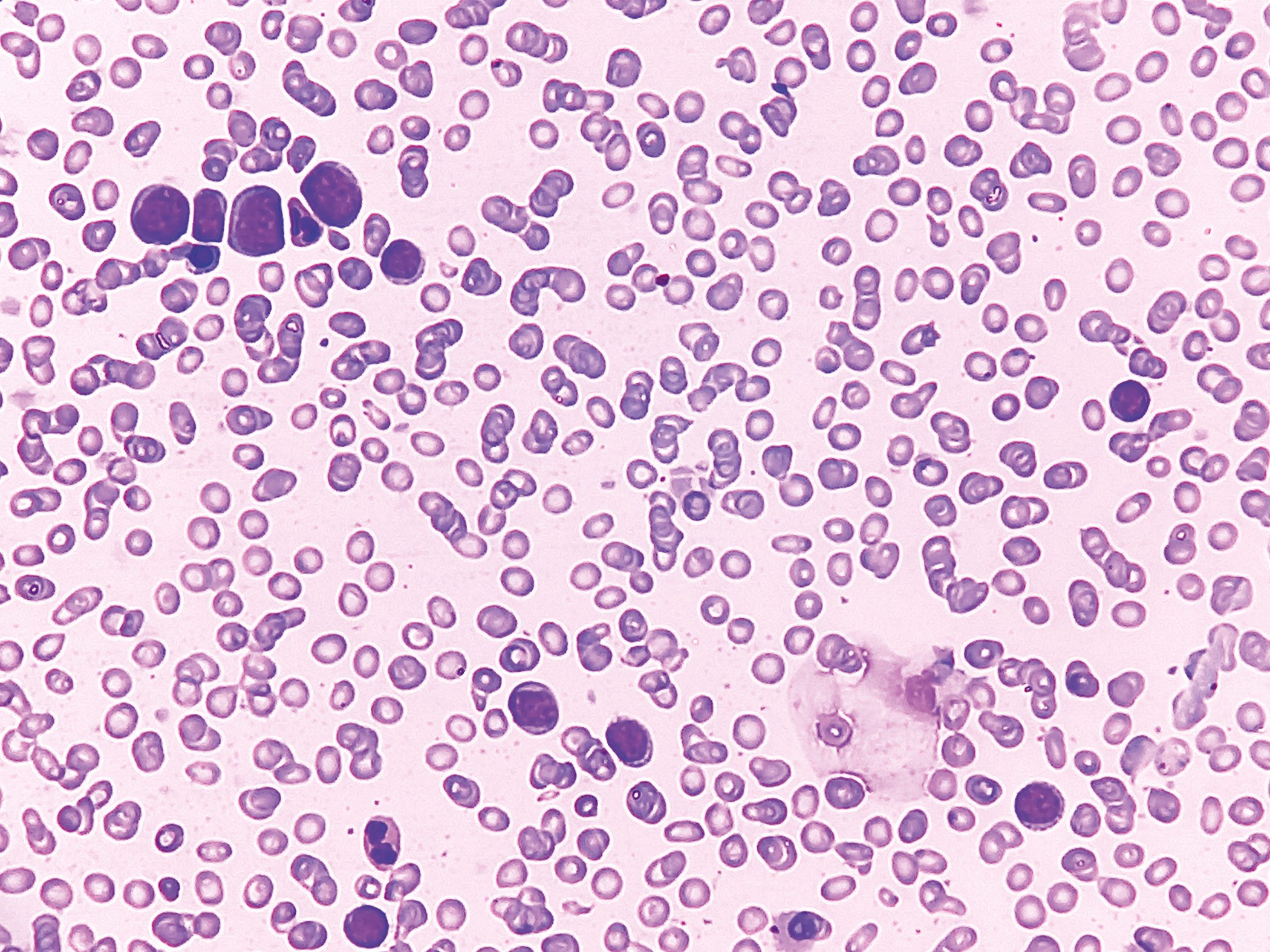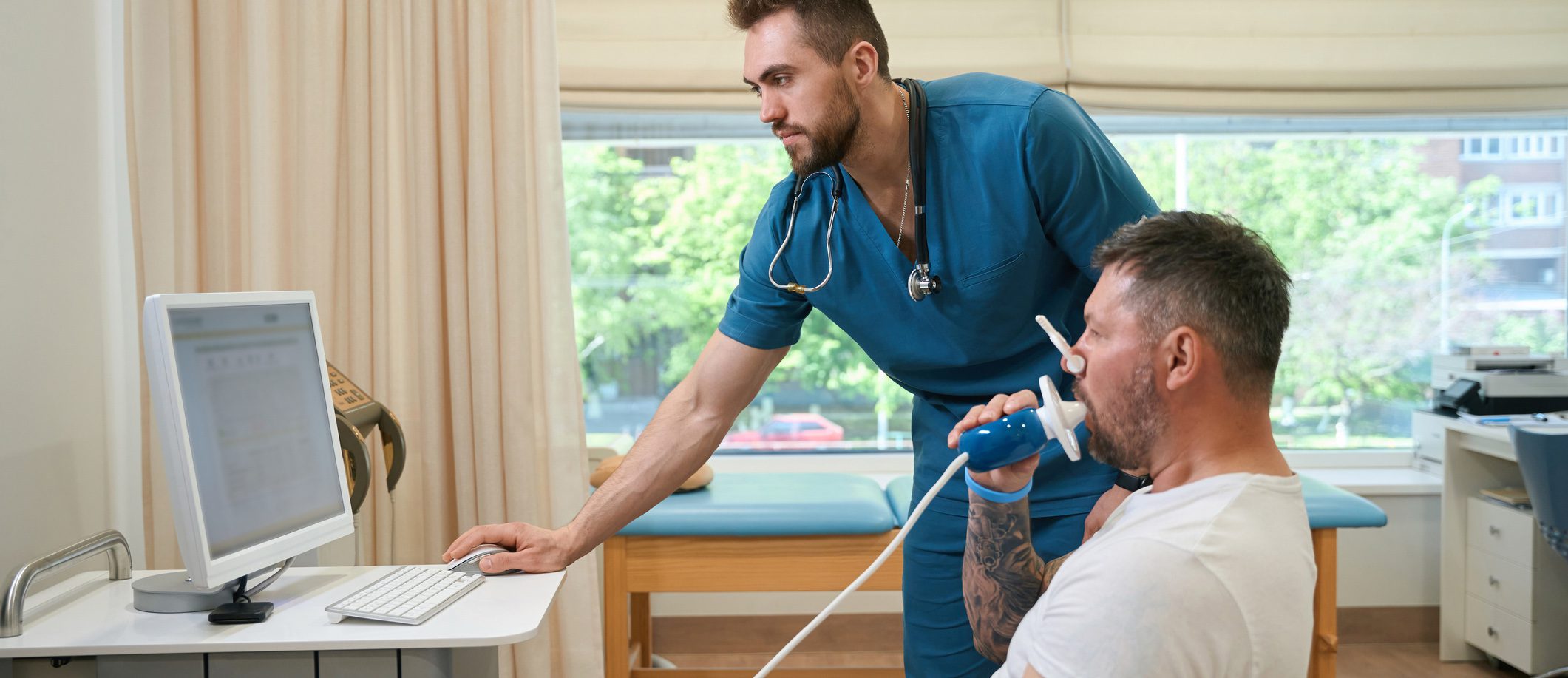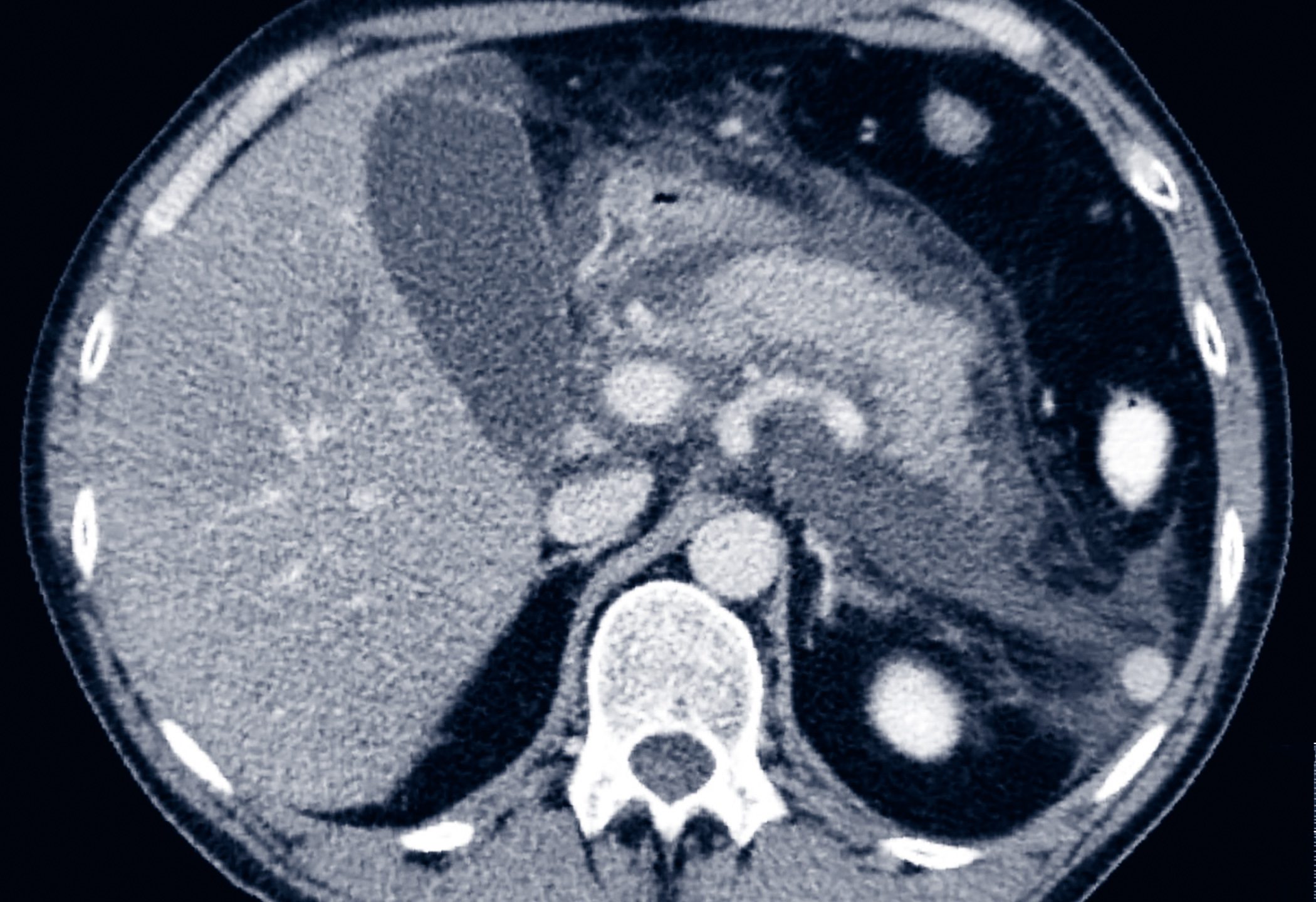In asthma patients, respiratory syncytial virus (RSV) infections can lead to an exacerbation of the disease by infecting the epithelial layer of the airways and triggering a subsequent immune response. The reason for this is the altered response of the airway epithelium to RSV. However, the molecular mechanisms responsible for the differences in the bronchial epithelium of asthmatics in response to viral infection remain to be investigated.
Most asthma exacerbations are triggered by allergens or viral airway infections, and studies have shown that the RS virus is an important viral cause of exacerbations in adults. The airway epithelium serves as the primary defense against pathogens and is therefore a key target for RSV infection. In asthma patients, the airway epithelium is more susceptible to injury and has a reduced barrier function due to reduced expression of E-cadherin and tight junction proteins and an increased proportion of basal cells.
In addition, previous study results have indicated that the receptors involved in the recognition of viruses are altered in individuals with asthma disease. In particular, reduced expression of pattern recognition receptors (PRRs) has been observed in patients with both mild and severe asthma, contributing to increased susceptibility to viral infections in people with this disease.
RSV binds to epithelial cells of the respiratory tract through the association of the viral attachment glycoprotein with glycosaminoglycans linked to transmembrane proteins on the cell surface. Viral entry is then facilitated by the viral fusion glycoprotein. Although the major factor for attachment to the host cell that interacts with the viral fusion protein is thought to be the fractalkine receptor CX3C chemokine receptor 1 (CX3CR1), several other proteins have been hypothesized to facilitate RSV entry into the cell, such as intercellular adhesion molecule 1 (ICAM1), epidermal growth factor receptor (EGFR) and nucleolin. The subsequent release of viral RNA into the cytoplasm activates two important PRRs: the Toll-like receptors and the members of the retinoic acid-inducible gene I-like receptor family. This triggers an early innate immune response that activates type I and type II interferon and the nuclear factor kappa B (NF-κB) signaling pathway: In cultures at the air-liquid interface (ALI) obtained from primary bronchial epithelial cells (pBECs) of asthma patients, an exuberant inflammatory cytokine response was observed after RSV infection. However, there is disagreement in previous studies about the actual changes that occur in the asthmatic airways during the viral response to a respiratory infection.
Goblet cells play a central role
Since the response to RSV infection differs between healthy and asthmatic bronchial epithelium, a research group led by Dr. Martijn Nawijn, Department of Pathology and Medical Biology, University Medical Center Groningen, Groningen Research Institute for Asthma and COPD, The Netherlands, investigated the transcriptional response to RSV infection of primary bronchial epithelial cells (pBECs) from asthma patients (n=8) and healthy donors (n=8) [1]. Bronchial brush-derived pBECs were differentiated under air-liquid interface conditions and infected with RSV. After three days, the cells were processed for single-cell RNA sequencing.
The healthy donors had normal lung function, no bronchial hyperreactivity to methacholine and no relevant allergies. The patients with asthma had a confirmed diagnosis of asthma with either at least 12% and 200 ml reversibility of FEV1 or a drop in FEV1 of at least 20% at <8 mg/ml methacholine (hyperresponsiveness). Patients were in GINA treatment stages 1-4 and were not taking oral corticosteroids, macrolides or biologics at entry into the study. In addition, patients were asked to stop taking inhaled corticosteroids at least six weeks before the follow-up examinations and bronchoscopy. During this time, the test subjects only took short-acting beta-agonists.
Healthy control subjects were not taking immunomodulatory medications such as oral corticosteroids. Both asthma patients and healthy controls were specifically recruited for this clinical trial, and as part of the protocol, all participants underwent bronchoscopy at least six weeks after discontinuation of inhaled corticosteroids.
APP and THBS signaling was impaired after RSV infection
Similarities were found in the transcriptional response to RSV between pBECs from asthma patients and pBECs from healthy donors, with the antiviral response overlapping in all cell types, the authors write. However, after RSV infection, the expression of genes involved in triggering the IFN response was lower in the goblet cells of asthma patients than in those of healthy controls.
APP (amyloid precursor protein) and THBS (thrombospondin) signaling observed in RSV infection in control cultures was impaired after RSV infection in the kinocilia in cultures from asthma patients. Overall, their study suggests that the changes in the response to RSV in cultured airway epithelial cells in asthma are mainly observed in the most differentiated cells, suggesting that these cells would be preferred targets for the development of potential drugs.
In addition, transepithelial electrical resistance (TEER) values increased over time in both healthy and asthma-derived ALI cultures, suggesting the formation of an epithelial barrier. No significant difference was found between the two groups, and the expression of a number of genes involved in the epithelial barrier was also similar in asthma and healthy ALI. Furthermore, no increase in mRNA expression coding for the viral receptors in asthma was observed.
Similarities with reaction to SARS-CoV-2 infection
According to the Dutch doctors, the strong antiviral response following RSV infection has similarities to the response to SARS-CoV-2 infection, with the goblet cells showing a strong inflammatory signature in both cases. ICAM1 and TNFAIP3, which are known to be involved in the antiviral response, were previously identified as some of the best targets for COVID-19. In their study, ICAM1 and TNFAIP3 showed lower expression in goblet cells in asthma in response to RSV. The relevance of goblet cells in respiratory viral infections has already been demonstrated for rhinovirus, several influenza viruses and hantavirus. Goblet cells have also recently been found to play a crucial role in SARS-CoV-2 infection in the lung, and increased viral replication in the airway epithelium has been observed in chronic obstructive pulmonary disease (COPD), probably due to COPD-associated goblet cell hyperplasia.
These results suggest that goblet cells play a crucial role in RSV-induced asthma exacerbation. This underscores the need to study goblet cells in more detail, especially in the context of airway diseases that are often associated with goblet cell metaplasia and hyperplasia and in which the antiviral response is impaired, Dr. Nawijn and colleagues summarize.
Take-Home-Messages
- There is a large overlap in the antiviral response to RSV between healthy and asthma patients.
- It enables the identification of specific genes and cell types that show a different behavior in response to RSV in asthma compared to healthy individuals.
- There is evidence that goblet cells and kinocilia are the most important bronchial epithelial cells (BEC) that should be further investigated in the context of drug development against RSV-induced asthma exacerbations.
Literature:
- Gay ACA, Banchero M, Carpaij O, et al: Airway epithelial cell response to RSV is mostly impaired in goblet and multiciliated cells in asthma. Thorax BMJ 2024; doi: 10.1136/thorax-2023-220230.
InFo PNEUMOLOGY & ALLERGOLOGY 2024; 6(3): 26-27
Cover picture: wikimedia












